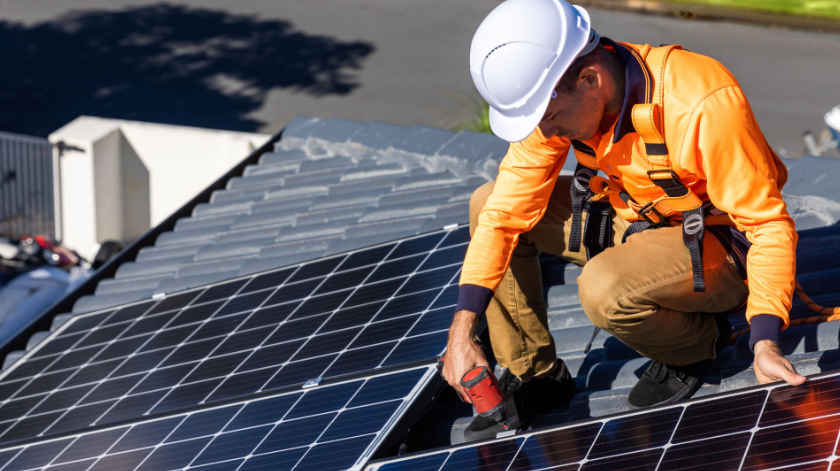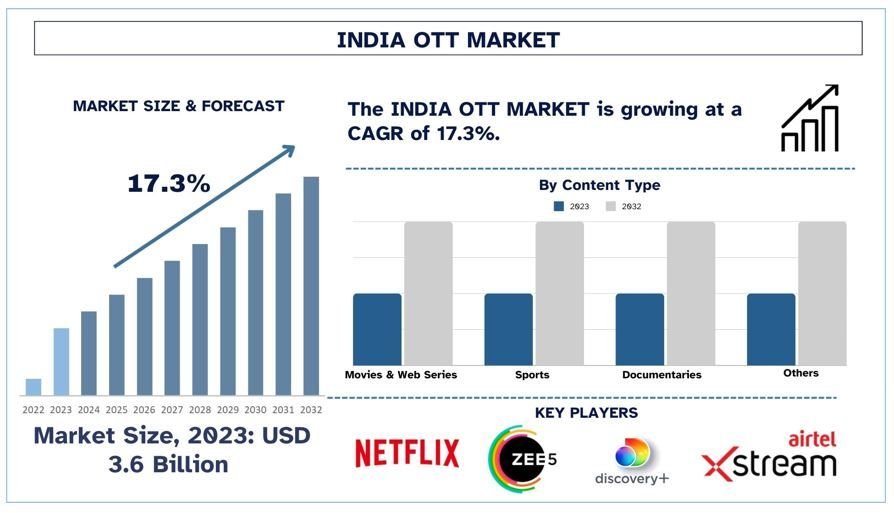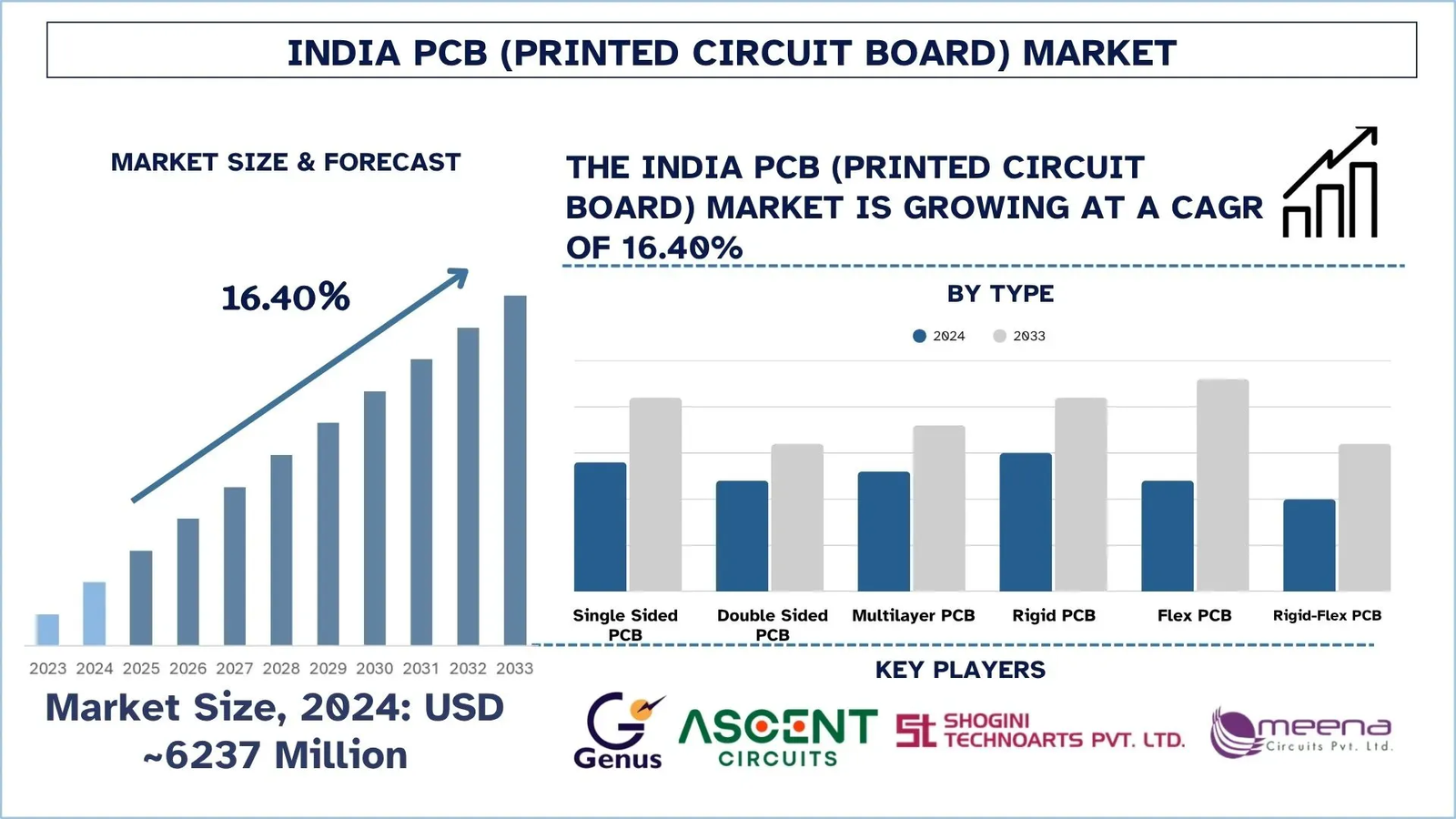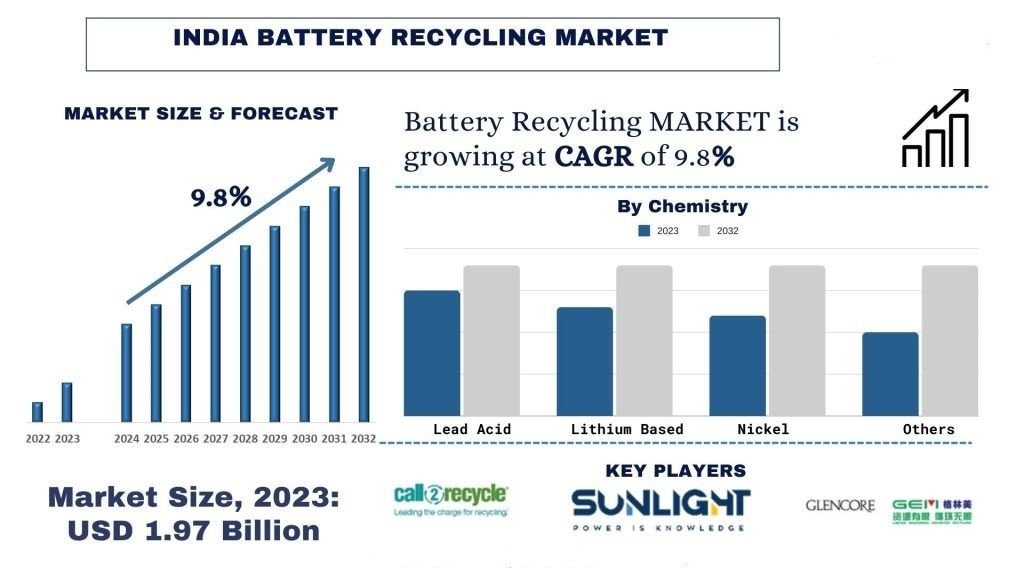Thinking about switching to solar energy? That’s a great move for both the planet and your wallet. But before you dive into solar panel installation, there’s a critical step many homeowners overlook: preparing your roof.
Installing solar panels isn’t just about choosing the most efficient panels or finding the right contractor. Your roof has to be solar-ready. If it’s not, you could face delays, additional costs, or even future damage to your home.
In this guide, we’ll walk you through everything you need to know to get your roof ready for Solar PV Panel Design and Installation, from inspection to upgrades and beyond. Whether you’re working with a professional or just doing your own research, this article will give you the tools to make confident, informed decisions.
1. Why Your Roof Matters in Solar Installation
Your solar panels will live on your roof for 25 years or more — that’s a long-term commitment. If the roof can’t support them properly or needs major repairs soon, it could ruin your investment.
Key reasons to prepare your roof:
- Structural Support: Solar panels are heavy. Your roof must be able to carry the extra load.
- Durability: Installing panels on a failing roof means double the work (and cost) later.
- Efficiency: The roof’s angle, orientation, and shading directly affect your solar panel performance.
Bottom Line: A solid roof equals a solid foundation for solar energy.
2. Start with a Roof Inspection
The first and most important step is a professional roof inspection. Even if your roof looks fine from the ground, hidden problems can cause issues later.
What inspectors look for:
- Cracked, curling, or missing shingles
- Soft spots or water damage
- Mold or mildew growth
- Sagging or uneven areas
- Flashing and ventilation issues
Pro Tip: Many solar installation companies offer free or discounted inspections as part of their service package. Or, you can hire a licensed roofing contractor for a detailed assessment.
3. Assess the Age of Your Roof
Age matters — not just in life, but in solar panel installation.
Here’s a rough guide:
- Asphalt Shingle Roofs: Typically last 20–25 years
- Metal Roofs: 40–70 years
- Tile Roofs: 30–50 years
- Flat Roofs (with membrane): 15–25 years
If your roof is more than 10–15 years old, consider replacing it before installing panels. It might cost more upfront, but it’s much cheaper than removing and reinstalling the solar system later.
4. Choose the Right Roofing Material
Solar panels are compatible with most roofing materials, but some are easier (and more affordable) to work with than others.
Best roofing materials for solar panels:
- Asphalt shingles: Most common and easiest for installation
- Metal standing seam: Ideal because panels can be clamped without drilling
- Tiles (clay or concrete): Workable but may need extra brackets
- Flat roofs: Great for tilt-mounted systems
Not recommended (or more complex):
- Wood shingles or shakes
- Slate (fragile and expensive to drill into)
Talk with your installer about the most cost-effective options based on your roof type.
5. Reinforce Roof Structure (If Needed)
A standard residential solar panel system can add around 2.5–4 pounds per square foot to your roof. While most homes can handle this, older or damaged structures might not.
Structural reinforcements could include:
- Adding bracing to rafters
- Replacing damaged trusses
- Strengthening roof sheathing
Your solar installer should perform a structural load analysis to ensure your roof is up to code.
6. Clear the Way: Remove Obstacles
Solar panels love the sun. So anything that blocks sunlight — even a little — can affect your system’s output.
What to remove or trim:
- Overhanging branches and nearby trees
- Antennas or satellite dishes
- Obsolete chimneys or roof vents
- Skylights in the panel zone (if applicable)
This is also the right time to think about long-term shading. That small tree today could become a big problem in 10 years.
7. Plan for Solar PV Panel Design and Installation
This is where things start to get exciting. Your installer will create a Solar PV Panel Design that matches your home’s unique roof layout and energy needs.
Factors considered in the design:
- Roof angle and orientation
- Available sunlight (solar exposure)
- Number of panels and panel size
- Inverter type and placement
- Battery storage (optional)
A professional installer will also map out the wiring routes and ensure all equipment complies with local building codes.
8. Address Roofing Permits and Local Codes
Every city or county has its own permitting rules for solar panel systems. These permits ensure your installation is safe and compliant with building, fire, and electrical codes.
You may need:
- Building permit
- Electrical permit
- Structural engineering approval
- HOA approval (if applicable)
Most solar companies handle the paperwork for you, but it’s good to ask. It can take 2–6 weeks to get all the approvals depending on your location.
9. Think About the Future (and Maintenance Access)
Your solar system will need occasional maintenance. Make sure the design allows for:
- Easy panel access
- Adequate airflow under and around panels
- Proper drainage (especially for flat roofs)
Also, consider any future roof work. Can panels be temporarily removed if needed? Your installer should use a mounting system that allows safe removal and reinstallation.
10. Budget for Roof Upgrades
Here’s where many homeowners are caught off guard — the extra costs.
If your roof needs repairs or replacement before going solar, include this in your total budget. It’s better to know now than to face a surprise mid-project.
Typical costs:
- Minor repairs: $300–$1,500
- Full roof replacement: $5,000–$12,000 (depending on material)
- Structural upgrades: Varies based on your home
Bonus Tip: Some local incentive programs may offer rebates or low-interest loans that can help offset these costs — check your city or state’s clean energy programs.
11. Schedule Installation at the Right Time
Timing matters when planning a solar project.
Best times for solar installation:
- Spring and summer: More daylight and dry conditions
- Before peak energy season: Start saving faster
- After roof replacement: Get both warranties working together
Speak with your contractor about timelines. A typical solar PV installation takes 1 to 3 days, but scheduling can depend on permit approval and equipment availability.
12. Choose the Right Solar Partner
Finally, choose an experienced installer who specializes in Solar PV Panel Design and Installation. Look for:
- Certified professionals (NABCEP, local licenses)
- Positive reviews and project photos
- Clear warranties (for panels, installation, and roof penetration)
- Full-service options (design, permits, installation, and support)
Remember: The cheapest quote isn’t always the best value. Trust, transparency, and experience go a long way.
Final Thoughts
Getting your roof ready for solar panels is one of the smartest ways to protect your investment. A well-prepared roof ensures safety, performance, and longevity for your solar energy system.
From inspections and repairs to layout design and permitting, each step plays a key role in successful Solar PV Panel Design and Installation. Partner with professionals who guide you through the process and make sure your roof — and your home — is ready to power a brighter, cleaner future.
FAQs
Q1. Can I install solar panels on an old roof?
It’s possible, but not recommended. If your roof is near the end of its lifespan, you should replace or repair it before installing solar panels. This avoids extra costs and hassle later on.
Q2. Will solar panels damage my roof?
No — when properly installed by professionals, solar panels won’t damage your roof. In fact, they can protect parts of your roof from weather and UV damage.
Q3. How long do I need to wait after a roof replacement to install solar panels?
Usually, you can install solar panels right after the roof replacement is complete. Just make sure your roofing contractor and solar installer coordinate to maintain warranties on both.












Leave a Reply